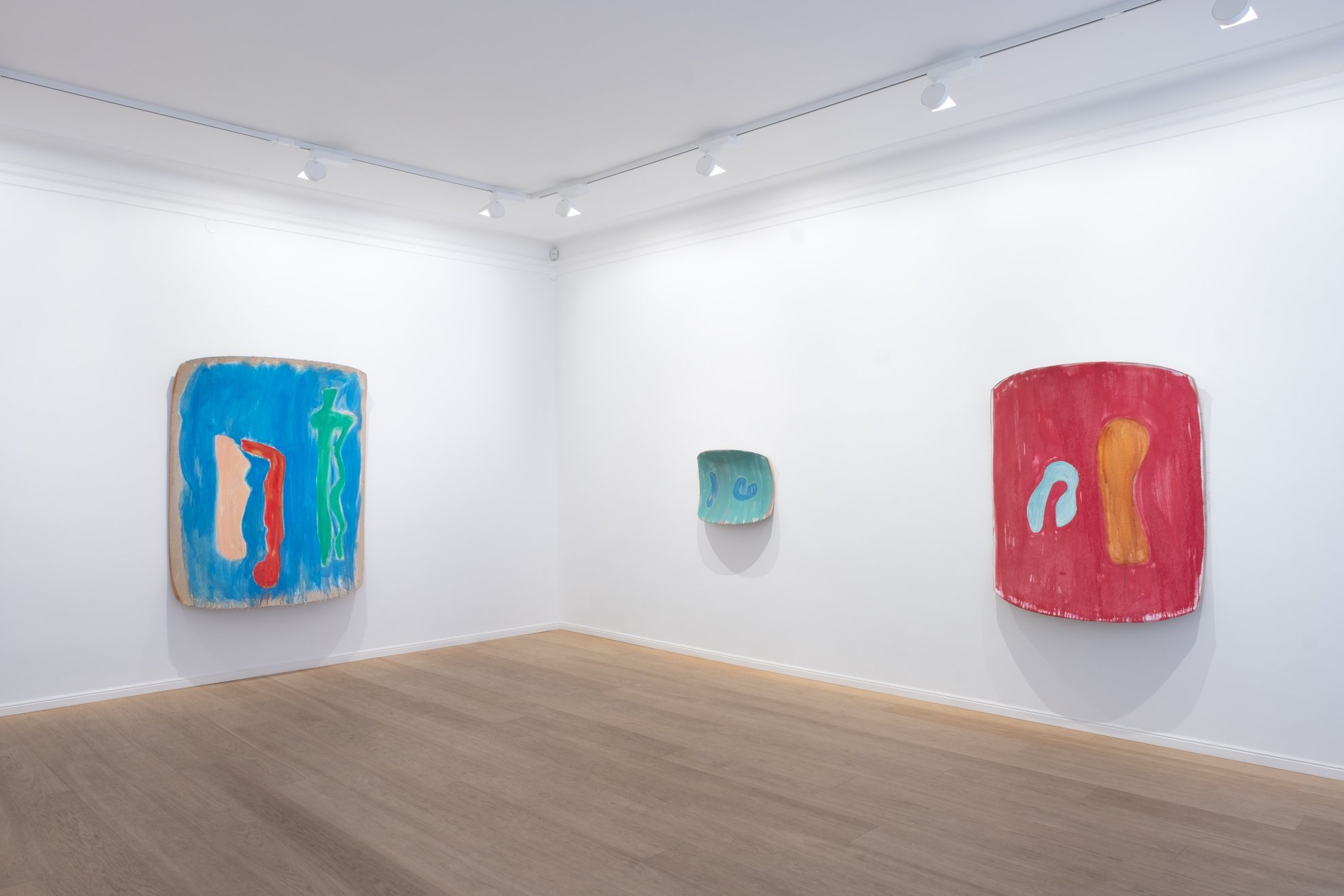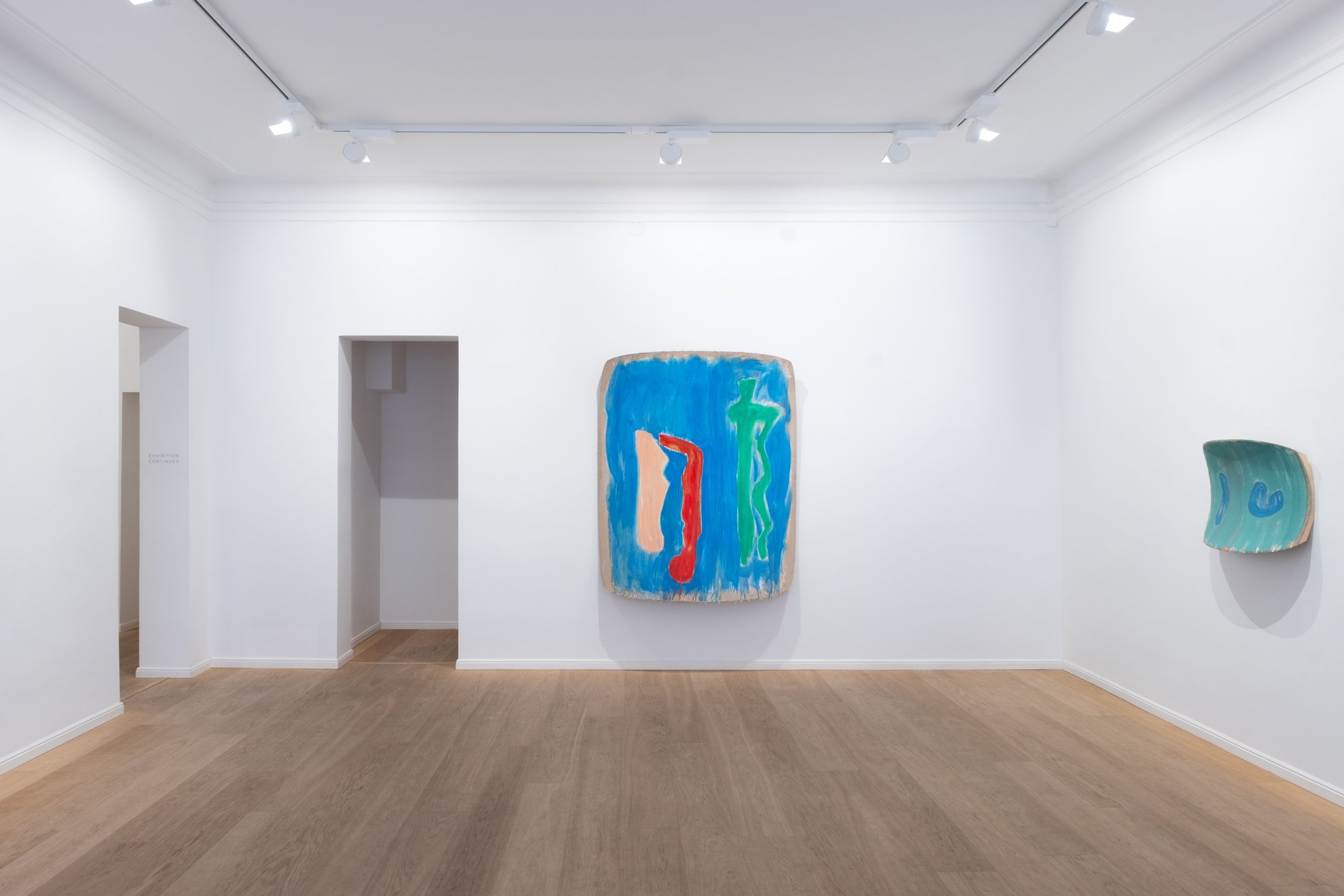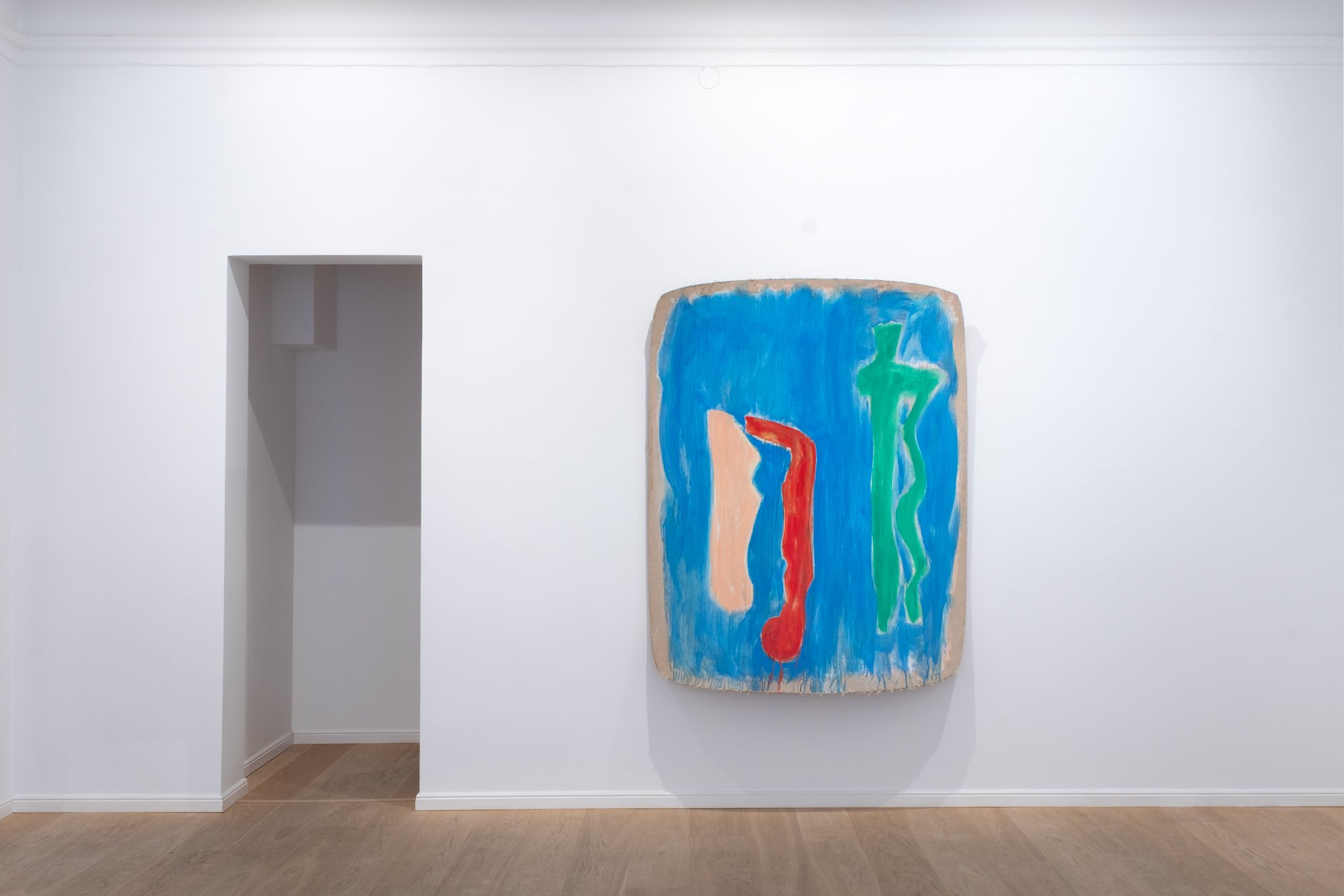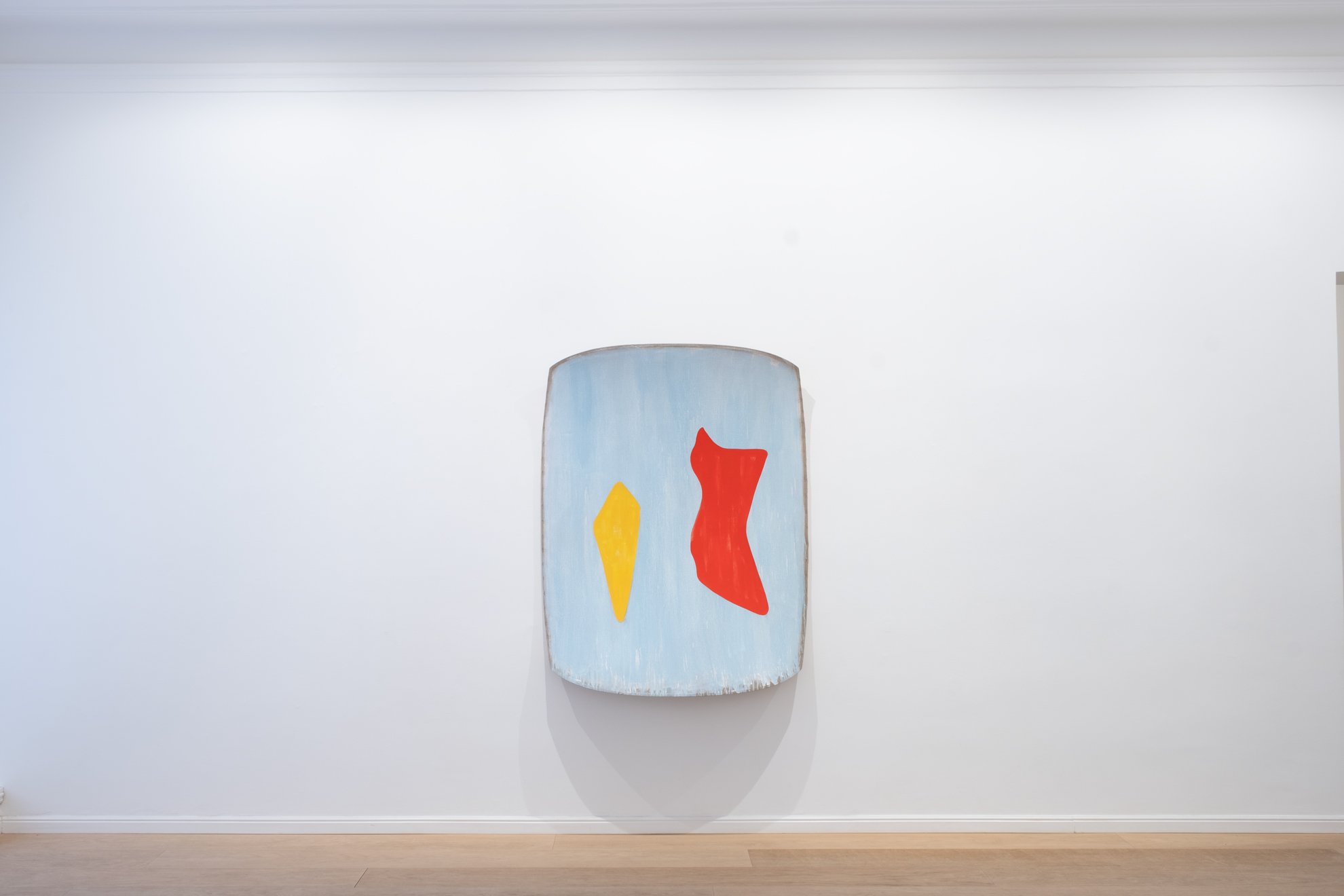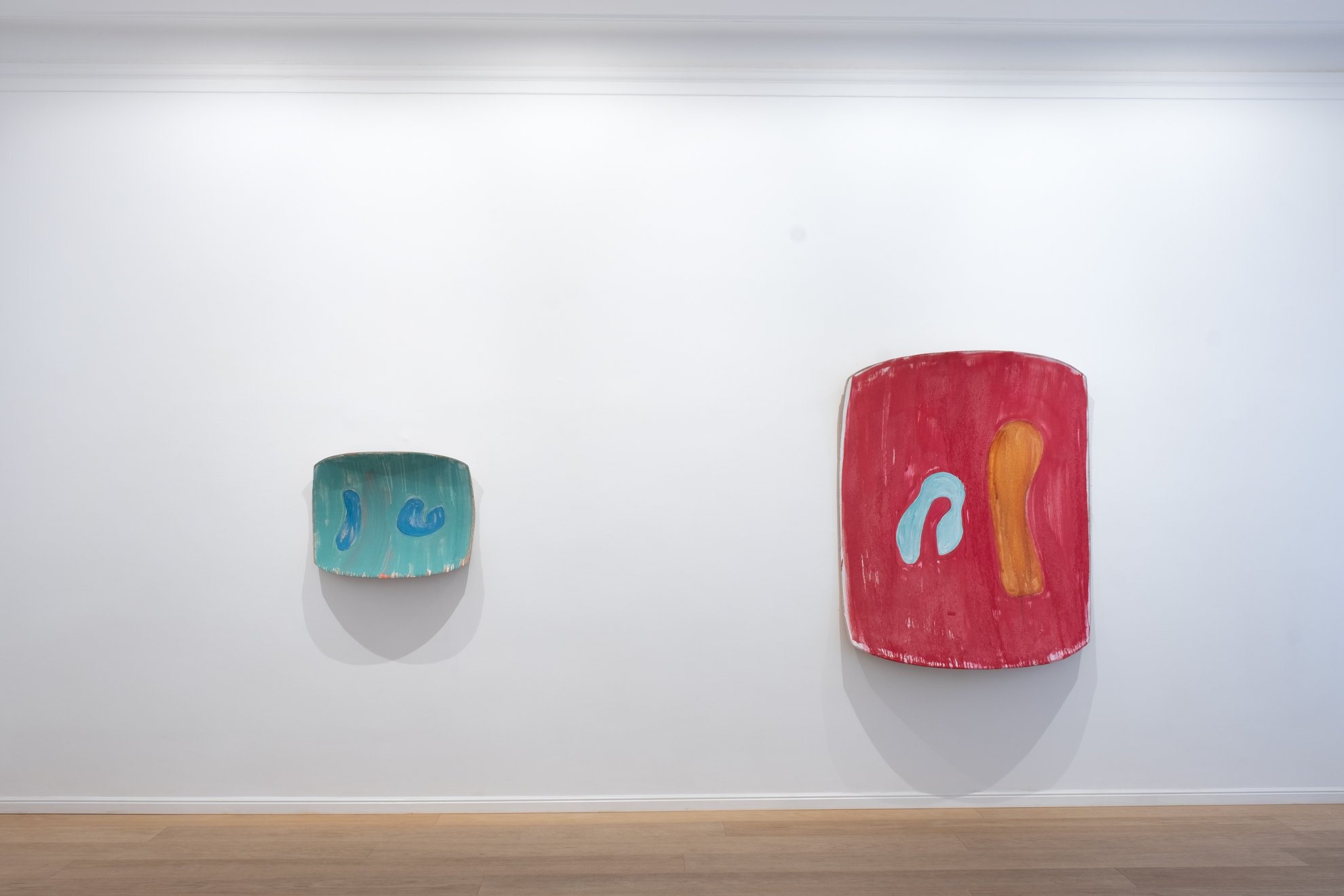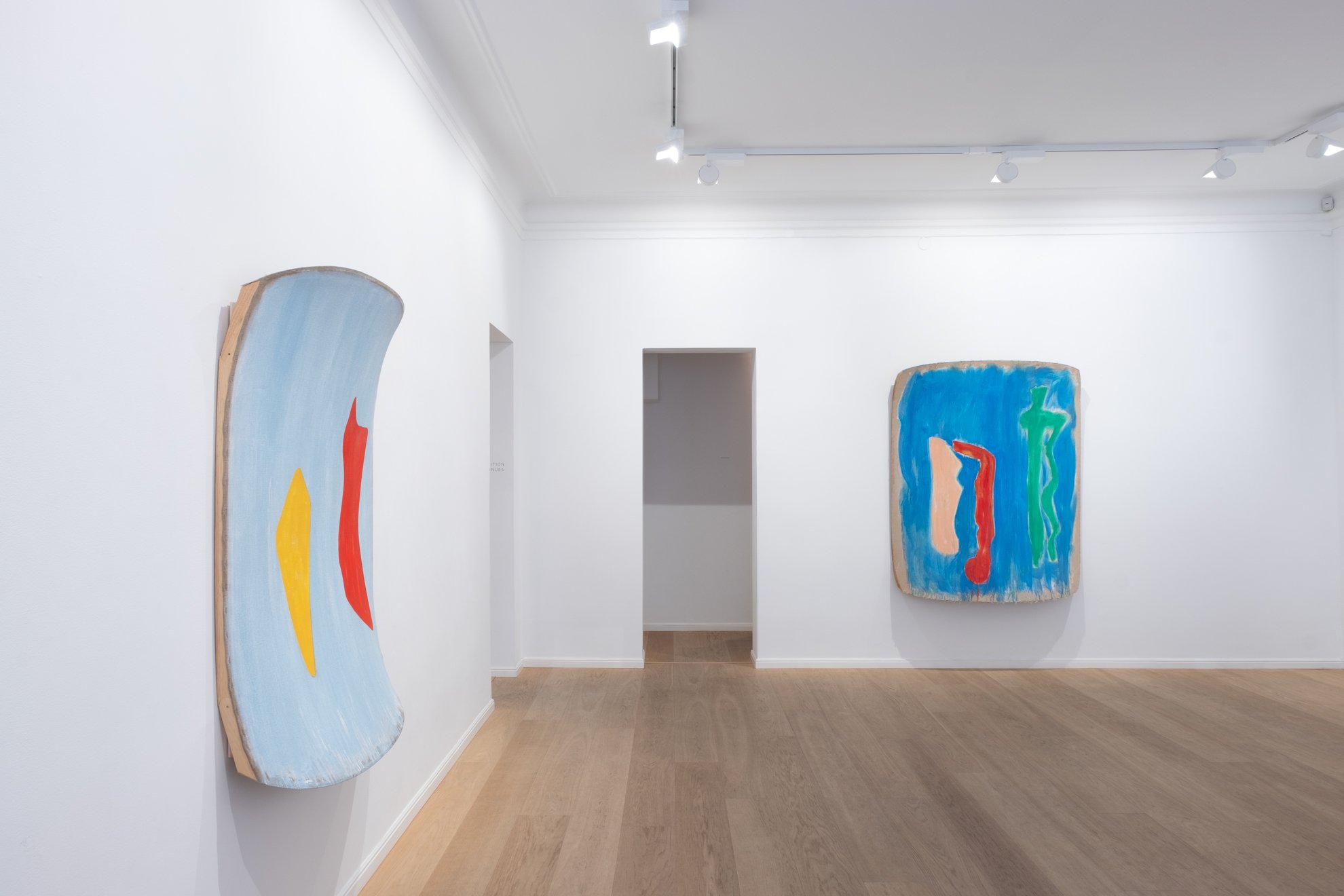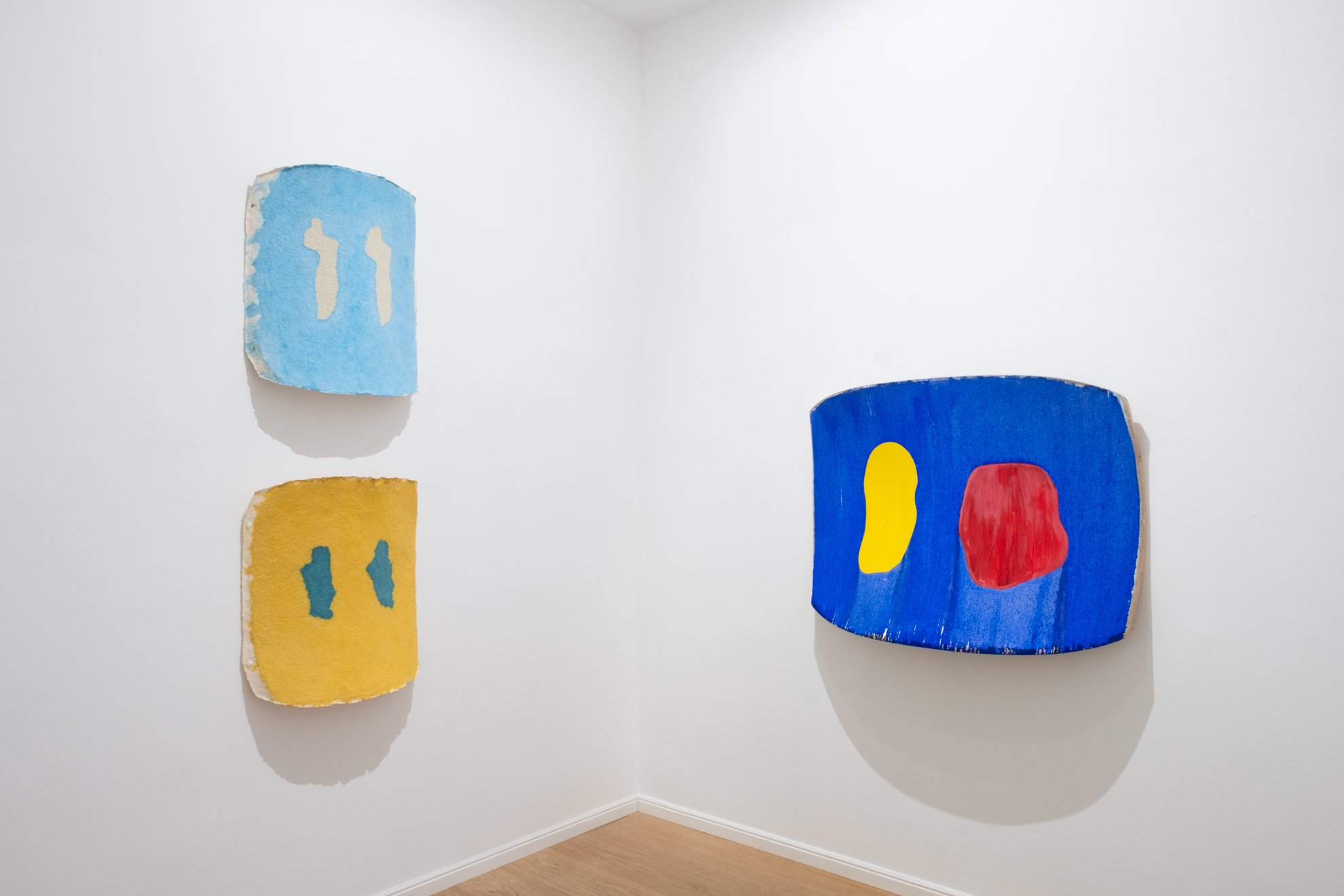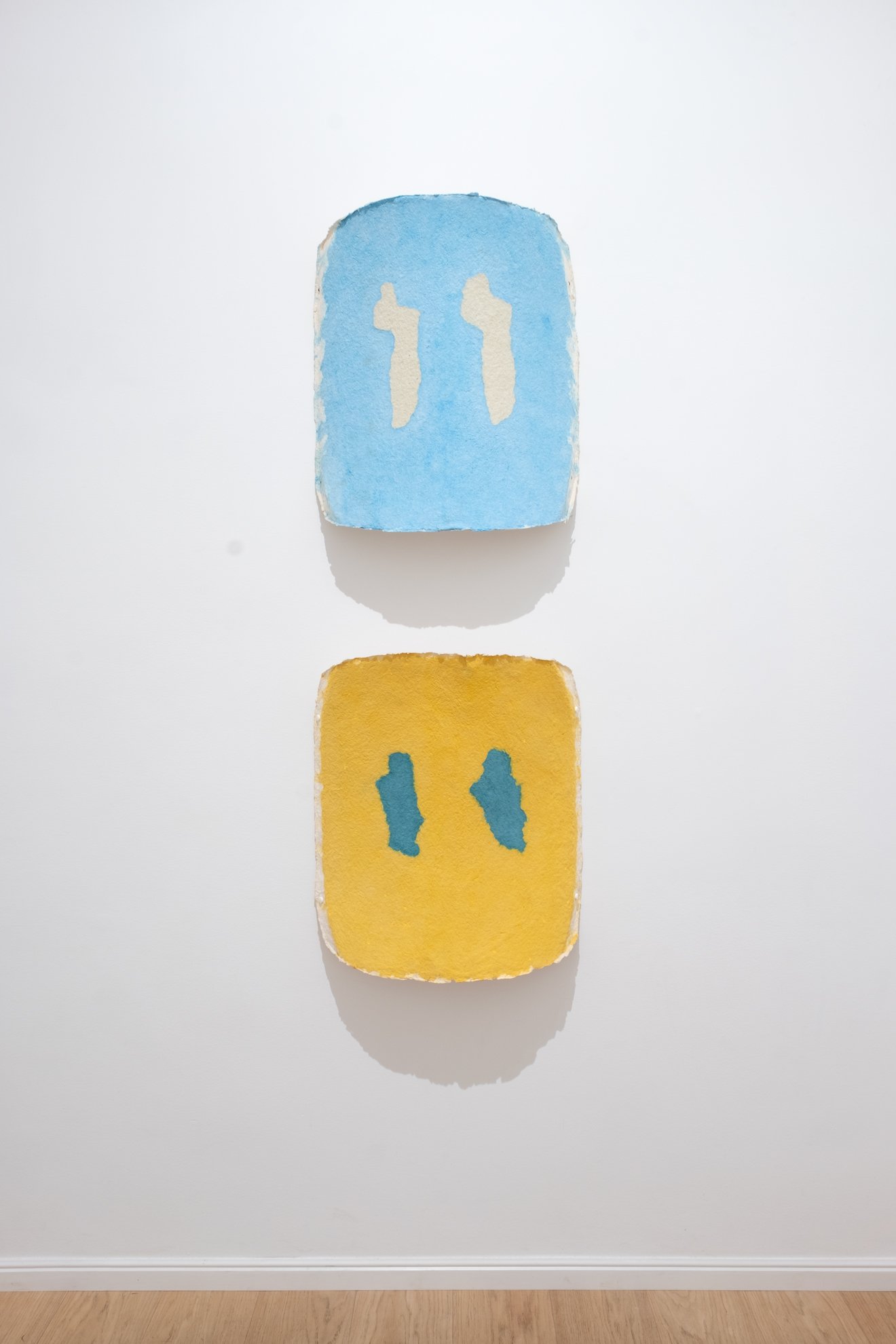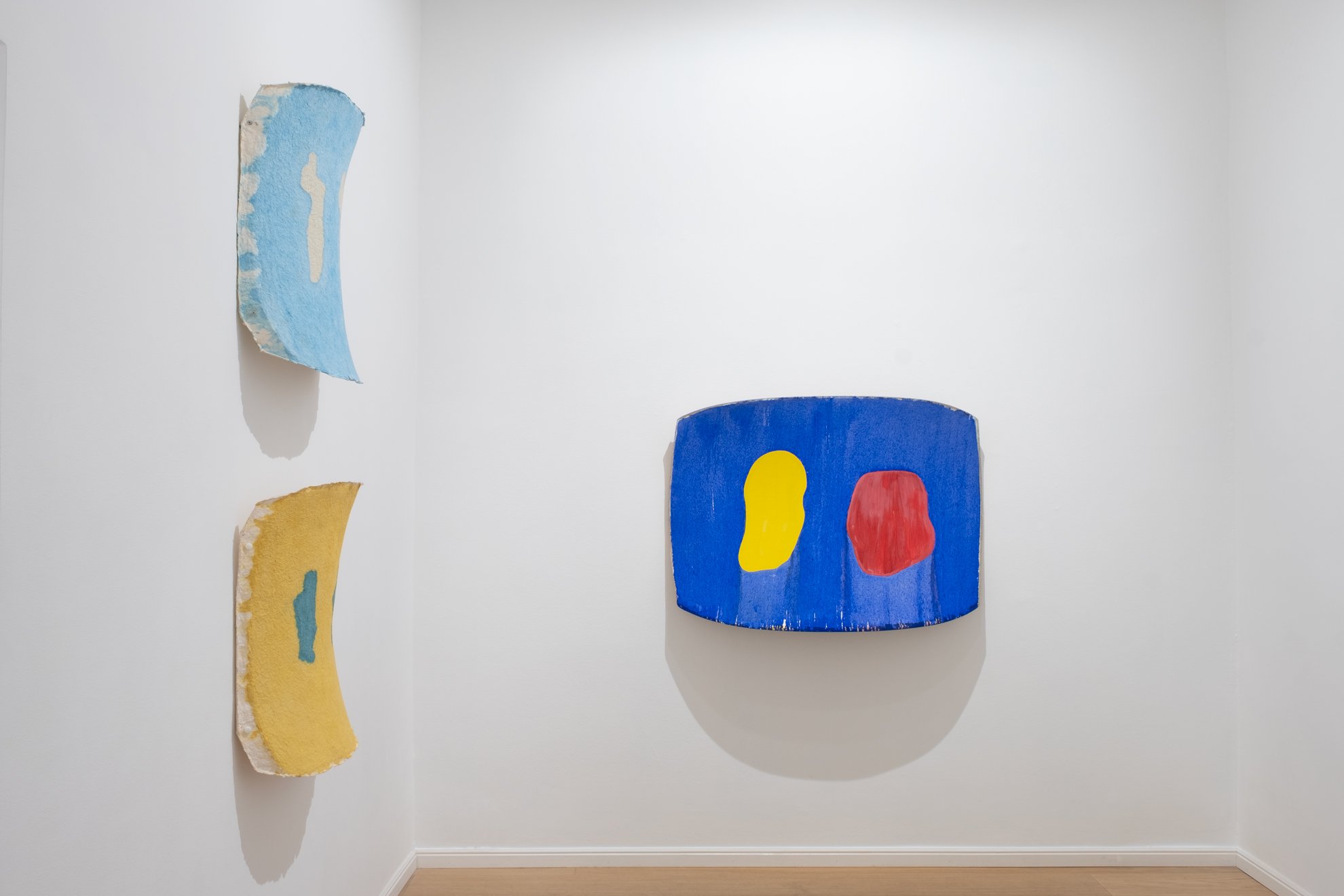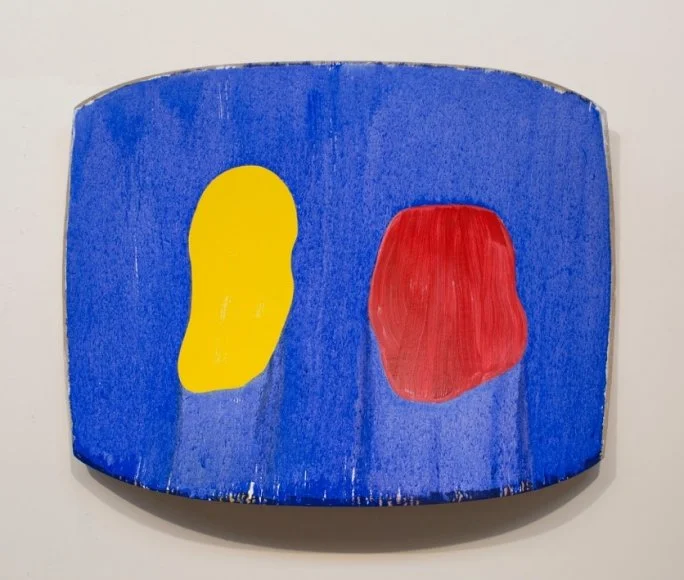RON GORCHOV
In Between
23 March - 4 May
"Gorchov has his own peculiar and particular way of painting and it is precisely the efficacy of that fact that has allowed him to add something to painting that we can recognize as being at home in our time. Inevitably. He has situated himself within the history of the medium, re-reading, as might be expected, the saturated hues of Rothko or the stripes and zips of Newman, to ensure the continuity, centricity, and innovative power of abstract language.”
Kevin Power, Ron Gorchov.Where The Soul Hides, Centro Atlántico de Arte Moderno, 2011
Larsen Warner is pleased to announce an exhibition by American artist Ron Gorchov (b. 1930 d. 2020) This is the gallery’s second solo show of the artists pioneering work. Titled In Between, the exhibition presents a selection of eight paintings that span Gorchov’s artistic life from the 1980’s through to 2020.
Ron Gorchov first rose to prominence at the height of the New York School movement in the early 1960’s as part of a group of Manhattan-based abstract artists, such as Frank Stella, Richard Tuttle, Blinky Palermo and Ellsworth Kelly, who rejected the traditional format of a rectangular canvas in favor of new shapes and configurations. Gorchov’s experiments with the structure of the painting itself led to the creation of his first curved painting in 1967. Made by stretching canvas or linen across a curved wooden frame, Gorchov’s unconventionally shaped canvases bend both inwards and outwards and are simultaneously concave and convex. Often described as saddles, masks or shields, Gorchov’s experimental and groundbreaking paintings blur the boundary between painting and sculpture.
Ron Gorchov, Conservatory, 1982, Oil on linen, 172 x 140cm
Ron Gorchov, 2nd Mr. Lopes, 2012, Oil on linen, 138.4 x 114.3cm
Ron Gorchov, Idomene, 2018, Oil on linen, 143.8 x 114.3cm
Onto these curved structures Gorchov typically marked the surface of his canvases with two simple amorphous shapes, floating against a monochromatic and contrasting field of colour. His compositions were first inspired by the shape of Ancient Greek kouroi sculptures of frontally posed male youths. Focused not on the sculpture itself but on the space in between the kouroi’s straight arm and torso, this void defined the shape of Gorchov’s first painted ‘marks’. The tension created by the interplay and fluctuation of these painted marks and lush colour-fields became the core of his painterly practice.
Gorchov luxuriated in the medium of paint, dissolving oil in veils of turpentine to create radiant washes of pigment. With a deft lightness of touch, Gorchov applied these rich saturated hues and mesmerising matte pastel tones to the surfaces of his paintings with a formal and technical sophistication that marks him out as one of the most important and pioneering painters of the last 60 years. Gorchov’s unflinching approach to the medium has produced a virtuosic body of work and we are thrilled to be able to bring his extraordinary paintings to a Scandinavian audience once again
Gorchov’s paintings are included in many prominent collections, including the Metropolitan Museum of Art, New York; Museum of Modern Art, New York; Whitney Museum of American Art, New York; Detroit Institute of Arts, Michigan; Solomon R. Guggenheim Museum, New York; and the Everson Museum of Art, New York.
Ron Gorchov, Fortunato, 2020, Oil on linen, 58.4 x 71.1 cm
Ron Gorchov, Dione, 2015, Oil on linen, 85.09 x 113.03 x 24.13 cm
“Of course the first thing anyone notices about Ron Gorchov’s paintings is their shape, the fact that they are not planar. However, they are not “shaped canvases” like those of Ellsworth Kelly, Frank Stella, Joe Overstreet or Elizabeth Murray…and they are not sculptural in intent. They are formed as they are for reasons that are all about vision.”
Barry Schwabsky, Ron Gorchov, The Last Paintings catalogue, Cheim & Read, 2021
Ron Gorchov, Untitled (#20), 1980, Moulded paper with watercolour, 69 x 59 x 18 cm
Ron Gorchov, Untitled (#29), 1980, Moulded paper with watercolour, 70 x 60 x 17 cm
